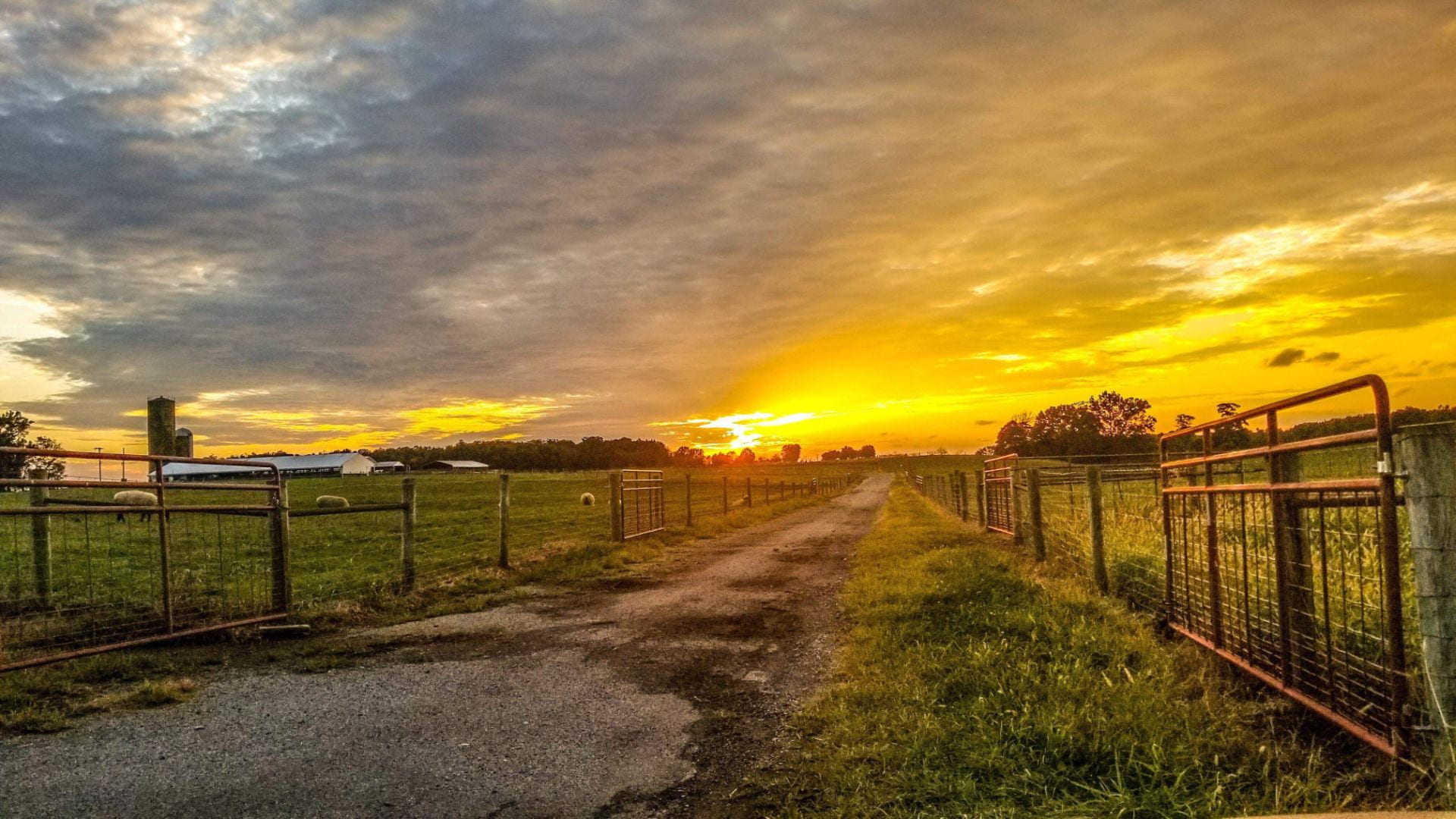Dr. Emma Matcham, Assistant Professor, OSU Integrated Forage Systems Specialist
Christine Gelley, OSU Extension Educator ANR, Noble County
Dr. Ted Wiseman, OSU Extension ANR Educator, Perry County
After two years of drought stress followed by erratic rainfall patterns in 2025, Ohio forage producers are facing a challenging landscape. Pastures across the region show signs of wear—uneven growth, bare patches, and thin stands—while newly seeded alfalfa fields have struggled to establish due to poor planting conditions and unpredictable moisture. As winter approaches, now is the time to take action to protect soil, improve forage stands, and plan for a more successful spring.
years of drought stress followed by erratic rainfall patterns in 2025, Ohio forage producers are facing a challenging landscape. Pastures across the region show signs of wear—uneven growth, bare patches, and thin stands—while newly seeded alfalfa fields have struggled to establish due to poor planting conditions and unpredictable moisture. As winter approaches, now is the time to take action to protect soil, improve forage stands, and plan for a more successful spring.
Bare ground in pastures is more than an eyesore—it can lead to erosion, weed invasion, and mud. To prevent further degradation, producers should aim to cover exposed soil before winter sets in. Fast-growing annual grasses like cereal rye are a practical option for late-season seeding. Cereal rye can be planted in Ohio until November 1 and is Continue reading Forage Management After Drought and a Tough Growing Season


 an important time of year for managing perennial weeds in forage crops, especially pastures. Some weed issues were exacerbated in 2025 due to last year’s drought, and we’ve seen many pastures and hayfields with high levels of hemp dogbane, milkweed, Canada thistle, and others. Perennial species can be particularly hard to control since their root systems and other underground structures allow them to regrow quickly after their above ground structures are killed. Fall is an important window for perennial species control, since actions taken now can reduce the amount of energy they store underground for next year.
an important time of year for managing perennial weeds in forage crops, especially pastures. Some weed issues were exacerbated in 2025 due to last year’s drought, and we’ve seen many pastures and hayfields with high levels of hemp dogbane, milkweed, Canada thistle, and others. Perennial species can be particularly hard to control since their root systems and other underground structures allow them to regrow quickly after their above ground structures are killed. Fall is an important window for perennial species control, since actions taken now can reduce the amount of energy they store underground for next year. going to take some planning before you go out and seed a field.
going to take some planning before you go out and seed a field.
 first-cutting forages during a wet spring is always a challenge, but timing remains critical for maintaining forage quality. Studies have shown that the ideal harvest window is narrow grasses should be cut at the boot stage, while legumes are best harvested at late bud to early bloom. In mixed stands, the timing should be based on the grass component, as grasses like orchardgrass mature more quickly than legumes. Missing this window by even 10 days can result in significant losses in both total digestible nutrients (TDN) and crude protein (CP). For example, an alfalfa-grass mix harvested at the right stage can contain 65% TDN and 18% protein, while the same stand cut at half bloom or later may drop to just 48–50% TDN and 12% protein or less.
first-cutting forages during a wet spring is always a challenge, but timing remains critical for maintaining forage quality. Studies have shown that the ideal harvest window is narrow grasses should be cut at the boot stage, while legumes are best harvested at late bud to early bloom. In mixed stands, the timing should be based on the grass component, as grasses like orchardgrass mature more quickly than legumes. Missing this window by even 10 days can result in significant losses in both total digestible nutrients (TDN) and crude protein (CP). For example, an alfalfa-grass mix harvested at the right stage can contain 65% TDN and 18% protein, while the same stand cut at half bloom or later may drop to just 48–50% TDN and 12% protein or less. the past couple of weeks, we’ve had several inquiries about hemp dogbane concerns and requests for help with keeping it under control in agricultural systems.
the past couple of weeks, we’ve had several inquiries about hemp dogbane concerns and requests for help with keeping it under control in agricultural systems. are known to have strong opinions and often readily express them. From a pasture management perspective, few topics illicit stronger feelings than when the clipping topic is put on the table.
are known to have strong opinions and often readily express them. From a pasture management perspective, few topics illicit stronger feelings than when the clipping topic is put on the table.
